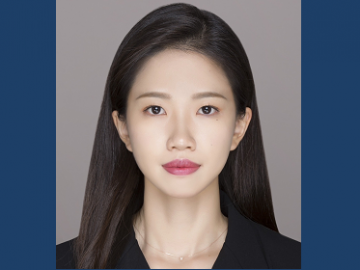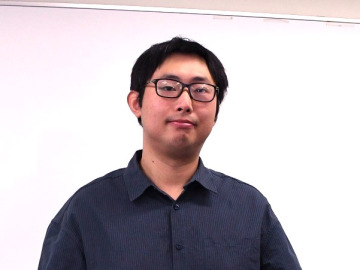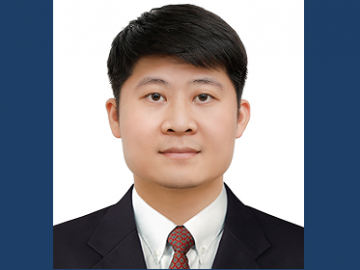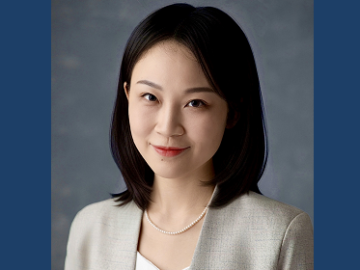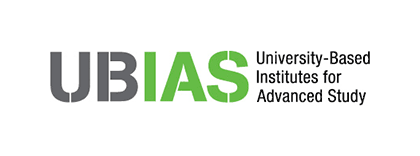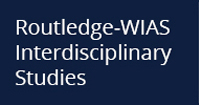WIAS initiates Network Research Visits program with partner institute ZUKO
WIAS and ZUKO (Zukunftskolleg at the University of Konstanz, Germany), our partner institute, have started a bilateral exchange program to foster research collaboration. Associate Professor ROMMESWINKEL Hendrik is the first researcher to use the program and visit ZUKO. He reports on his motivation and research plan for this three-month stay from Konstanz.
Researcher Profile
Motivation
The idea for a research visit to Konstanz came up during a visit of Zukunftskolleg members of the University of Konstanz to WIAS. It was exciting to meet Zukunftskolleg members in Tokyo and hear about their research. Both WIAS and Zukunftskolleg have interdisciplinary groups of energetic researchers. Around the same time as the visit from Zukunftskolleg, some of my theoretical research on decision times had reached fruition and was calling to be tested in the laboratory.
The University of Konstanz not only has an experimental laboratory, LakeLab, but also a leading experimental economist, Urs Fischbacher. I also had fond memories of the area of Lake Constance from my studies in St. Gallen, which is only about 40km away from Konstanz.
Therefore, everything fit together: the research question, the personal connection, and the matching research interests.
Research Plan
On my research visit, I will study decisions under time pressure. In such decisions, individuals usually make mistakes, and their choices are stochastic; the preferred option is only chosen with some probability. I will explore the relationship between decision probabilities and decision times in the Luce (1959) model. This model assumes that the likelihood of choosing one option over another is independent of other available options. I will test the hypothesis that Hick’s (1952) law holds whenever the Luce (1959) model holds. Hick’s law states that decision times linearly increase with the amount of information to be processed. I previously derived a surprising mathematical connection between the Luce model and Hick’s law, showing that decision times should follow Hick’s law when decision probabilities adhere to the Luce model. I am excited to test this hypothesis during the research visit and meet the interesting challenges to overcome in the experimental design.
References:
Hick, W. E. (1952). On the rate of gain of information. Quarterly Journal of Experimental Psychology, 4(1), 11-26.
Luce, R. D. (1959). Individual choice behavior, Wiley, New York.
>>Next article: ZUKO and WIAS Network Research Visits program report vol. 2 (Associate Professor ROMMESWINKEL Hendrik)

